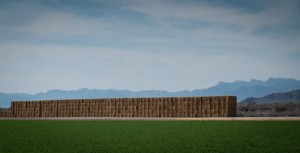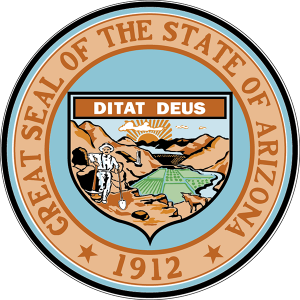
Alfalfa in the Parker Valley, Arizona, February 2015, by John Fleck
Parker Live, a news web site based in Parker, Arizona, seems to be engaging in a little bit of what Kathryn Sorensen calls “drought schadenfreude” here. Parker sits on the Colorado, at the head of a rich farming valley with some of the most senior rights on the river and big farming that has thus far been unfazed by drought. But there is a nervous tone to the thing, as if everybody’s looking over their shoulder:
It’s easy to forget that there’s a drought when Lake Havasu and Lake Moovalya are full of beautiful, crystal clear water and the bigger cities around us are lush with green lawns and landscaping. But that may begin to change soon….
The Parker valley, a rich agricultural area made possible by irrigation, is theoretically safe because it is part of the Colorado River Indian Tribes reservation and utilizes water rights owned by CRIT. But CRIT officials, speaking at the recent 150th year commemoration of the establishment of the reservation, are warning that their water rights will be under attack in the coming months and years. With water becoming a more precious resource, municipalities will be turning their attention anywhere they can get it. “The fight over our water lies ahead of us,” said CRIT Council Chairman Dennis Patch.
If you look at the picture, you’ll see that the desert here is never very far away.




